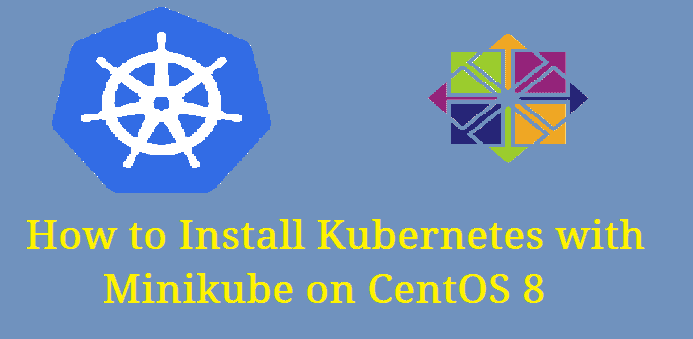

- #Install kubernetes cluster on centos linuxacademy how to#
- #Install kubernetes cluster on centos linuxacademy install#
- #Install kubernetes cluster on centos linuxacademy upgrade#
- #Install kubernetes cluster on centos linuxacademy password#
#Install kubernetes cluster on centos linuxacademy install#
Install Docker CE prerequisite packages using yum ~]# yum install -y device-mapper-persistent-data lvm2 yum-utils Other choices for Kubernetes CRI are containerd, cri-o and frakti.Ĭonnect with Kubernetes master using ssh as root user. We are configuring Docker CE as Kubernetes CRI (Container Runtime Interface). You can either use DNS Server or Local DNS Resolver for this purpose. Make sure the hostnames are resolvable on all nodes. * We must have at least 2 cores on each node to install Kubernetes. We have two CentOS 7 virtual machines with following specifications.

Kubernetes is initially developed by Google, but now maintained by Cloud Native Computing Foundation. # kubectl get nodesġ2 Run the below command to verify the cluster information.Kubernetes or k8s is an open-source container orchestration system for automated application deployment, management and scaling across clusters of hosts. Now run the following command to list master node status. # kubectl taint node kube-master /master:NoSchedule-ġ1. NoExecute: Pod is evicted from the node if it is already running on the node, and is not scheduled onto the node if it is not yet running on the node. PreferNoSchedule: Kubernetes avoids scheduling Pods that do not tolerate this taint onto the node. NoSchedule: Pods that do not tolerate this taint are not scheduled on the node. A complementary feature, toleration, lets you designate Pods that can be used on “tainted” nodes. A node taint lets you mark a node so that the scheduler avoids or prevents using it for certain Pods. Run the below command to install overlay network # kubectl apply -f "$(kubectl version | base64 | tr -d '\n')"ġ0. Run the below commands to set variables to be able to manage kubernetes cluster # mkdir -p $HOME/.kube # sudo cp -i /etc/kubernetes/nf $HOME/.kube/config # sudo chown $(id -u):$(id -g) $HOME/.kube/config Note: Copy the token generated from the above command output for later use.ĩ.
#Install kubernetes cluster on centos linuxacademy upgrade#
Kubeadm is a toolkit produced by Kubernetes upstream for the creation and upgrade of Kubernetes clusters. Initialize the deployment of Kubernetes Cluster by running the “ kubeadm init” command. # yum install -y docker kubelet kubeadm kubectl -disableexcludes=kubernetesħ.3 Enable and start docker daemons. # cat > /etc/hosts /etc/sysctl.d/k8s.conf /etc//kubernetes.repo < Type yes and enter the root password as “linux” when prompted. Note: Keep pressing enter without entering or changing any value.Ĭopy ssh public key to Master and Worker nodes. #Install kubernetes cluster on centos linuxacademy password#

#Install kubernetes cluster on centos linuxacademy how to#
In this Lab, you will learn how to create or deploy a Kubernetes cluster on Centos 7 from scratch.


 0 kommentar(er)
0 kommentar(er)
